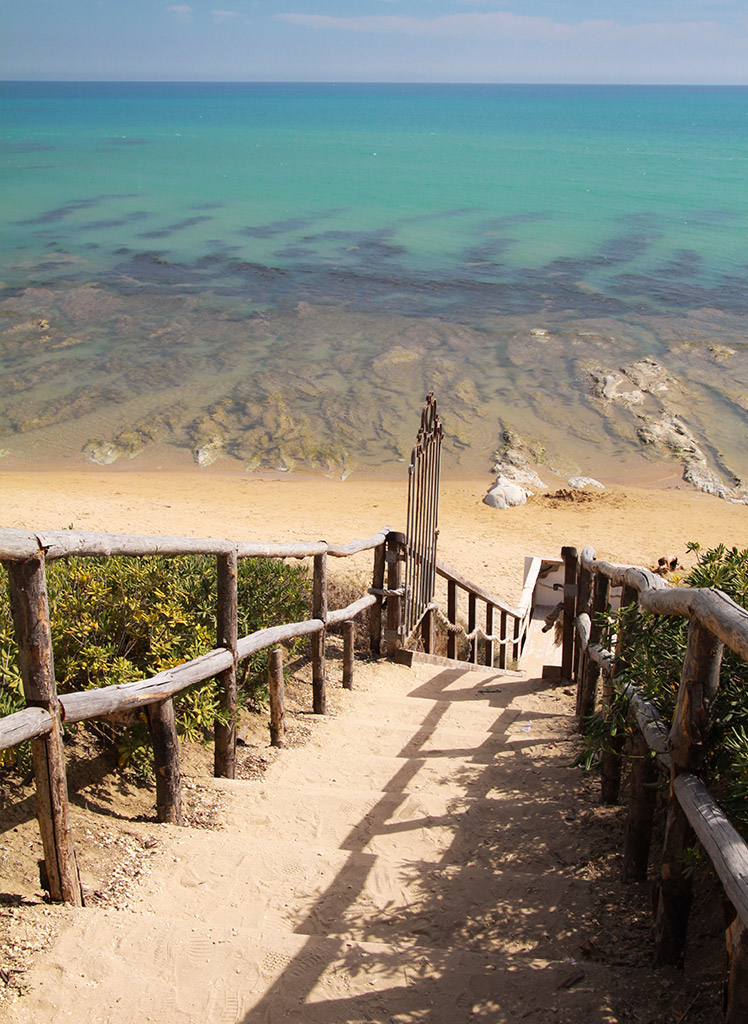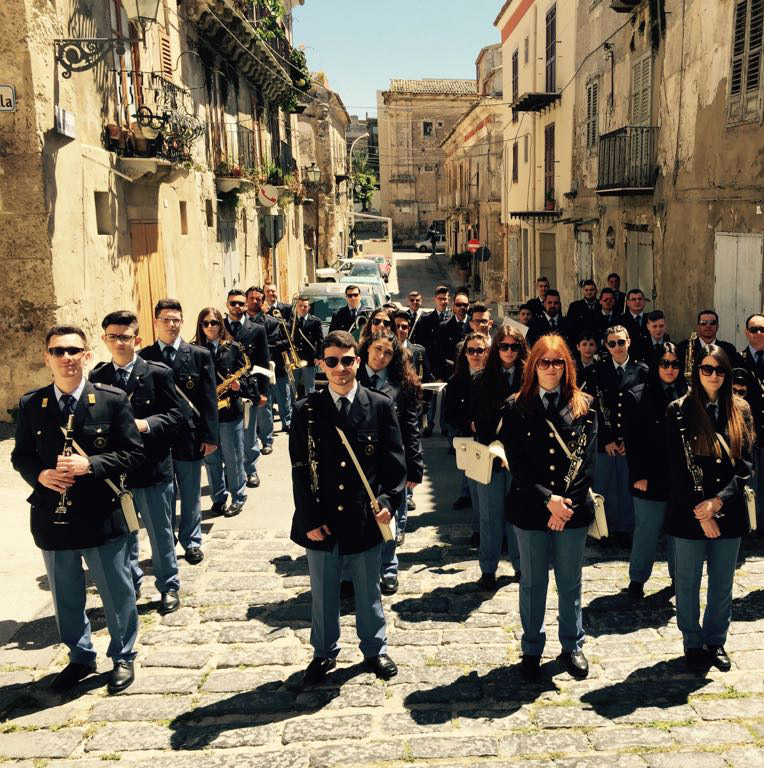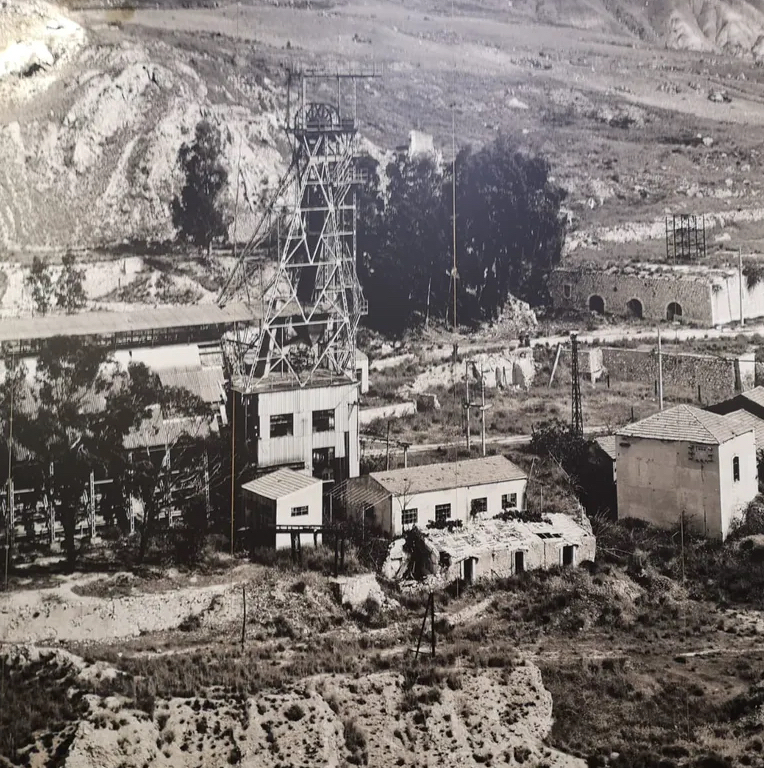Discover
WHAT'S AROUNDDiscover
SOMMATINO
Near Antico Baglio Sammartino lies Sommatino, an important agricultural center in the province of Caltanissetta, located 25 km away.
The history of Sommatino is inseparably linked to that of the Trabia Tallarita Mine. Also known as the “sulfur town,” Sommatino was the first town in the area to be equipped with an electric grid at the end of the 19th century.
The historic center of the town, characterized by typical closely built houses with Sicilian patios, unfolds around the ancient palace of the Princes of Trabia, the lords of Sommatino. The steep and narrow streets wind their way up to Corso Umberto, where the Town Hall, the Mother Church, main shops, and the most popular cafés are located.
Sommatino
HISTORY
The origins of Sommatino are uncertain. It is believed that the town was founded around 1570 under the rule of the Lo Porto family, a noble family from Palermo.
Around the mid-17th century, following hereditary successions, the territory passed to the Princes of Trabia, who held it until the first half of the 20th century. In 1812, with the abolition of the Comarca of Naro and the division of Sicily into twenty-three districts, the town was included in the district of Caltanissetta.
Later, in 1817, with the division of Sicily into seven smaller districts (initially Intendancies, later Provinces), Sommatino was included in the district of Caltanissetta.
In the 18th century, the sulfur deposits began to be exploited, which would make Sommatino one of the most important mining centers on the island. In July 1883, the Grande Trabia mine suffered the worst disaster in its history, with the death of 36 miners, including 11 from Sommatino.
Music
HISTORIC BAND
The museum complex
TRABIA TALLARITA
The Trabia-Tallarita Sulfur Mine Museum is located on the road connecting the towns of Riesi and Sommatino. The mining activity, with very ancient origins, reached its peak around 1920 when Trabia-Tallarita produced 12% of the world’s sulfur, and 3,000 miners worked tirelessly underground. In the 1950s, American competition caused a crisis in the production system, and the mine was permanently closed in 1975. The mining site represents an extraordinary example of industrial archaeology in a naturally beautiful setting, and today it houses the Trabia Tallarita Mining Complex.




